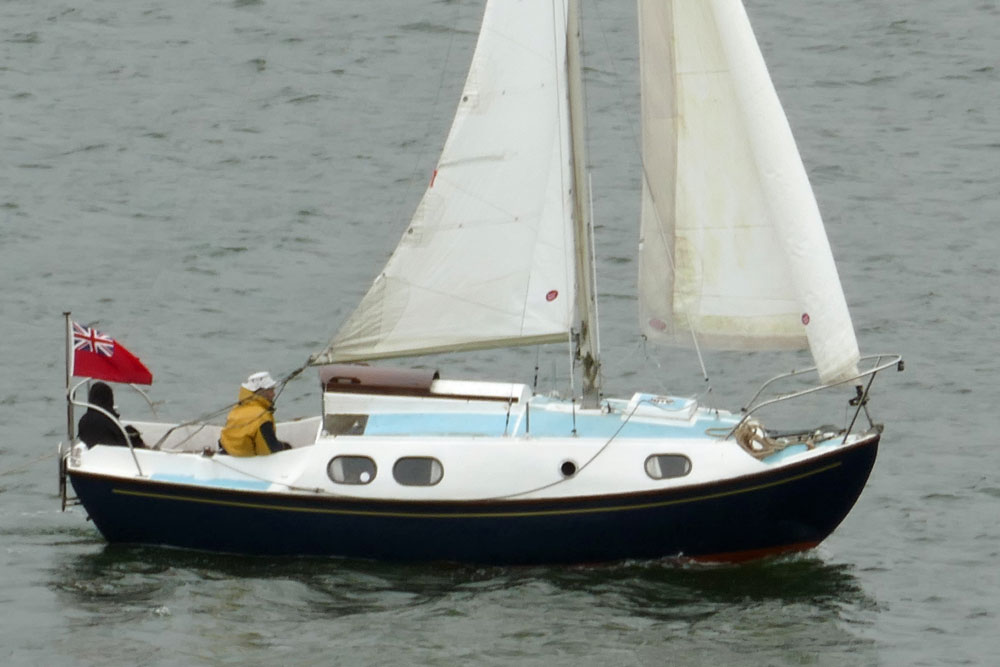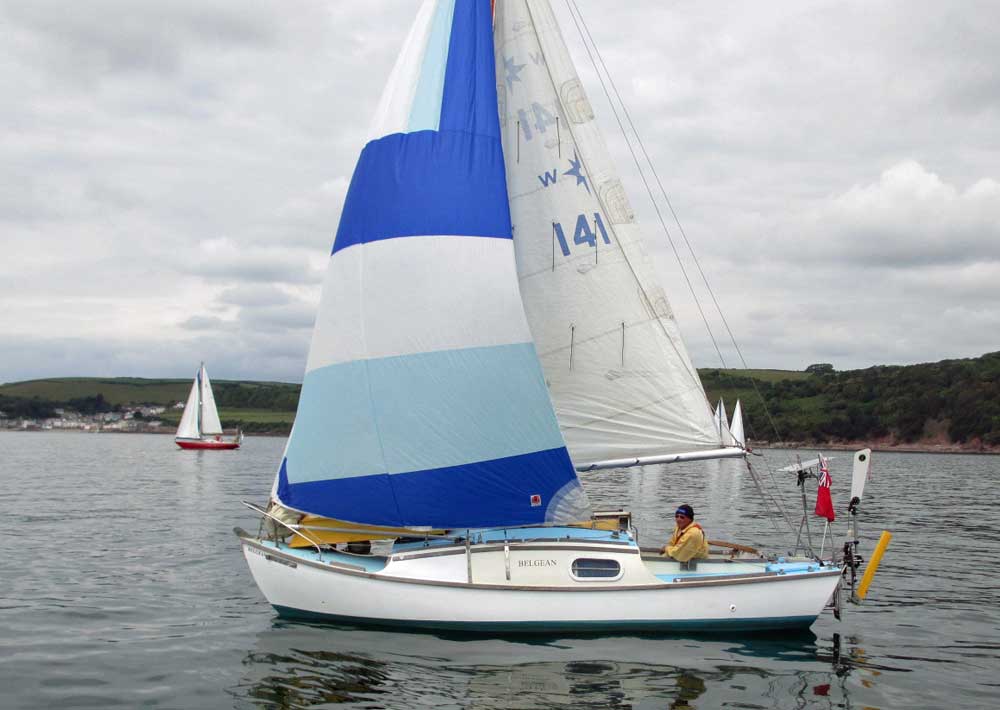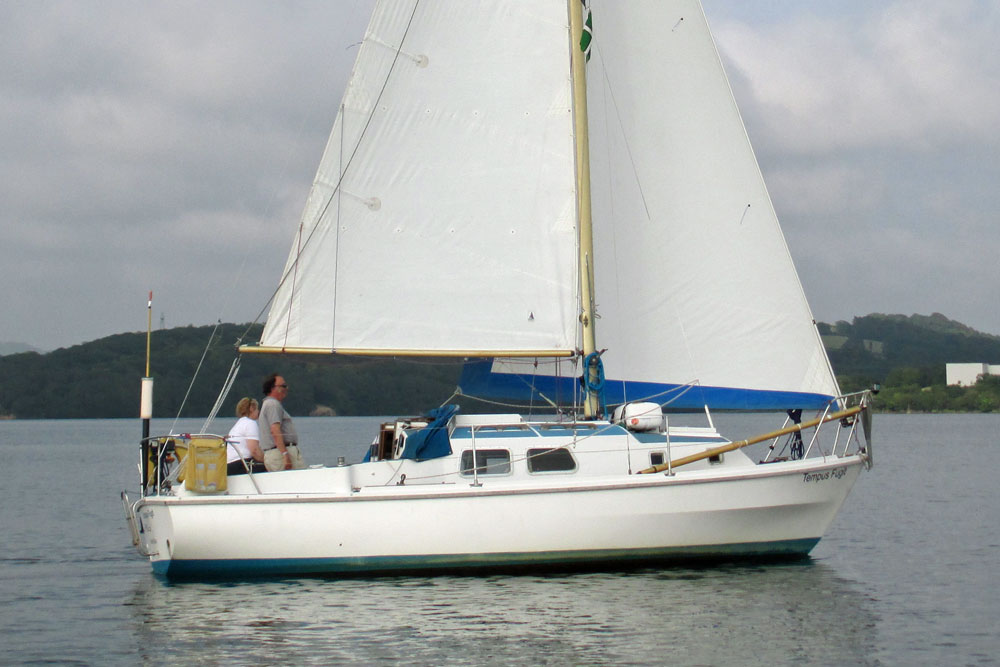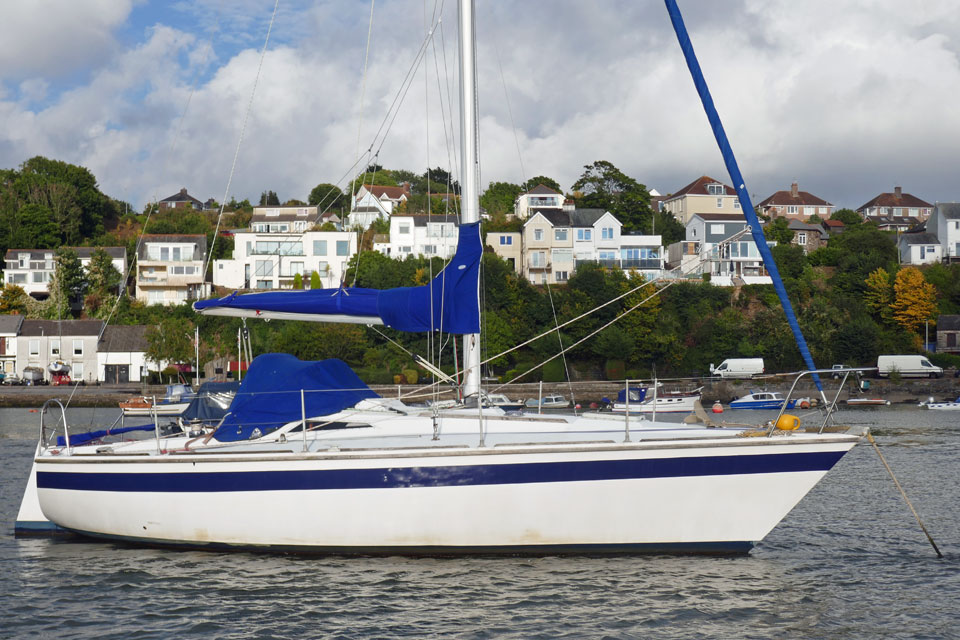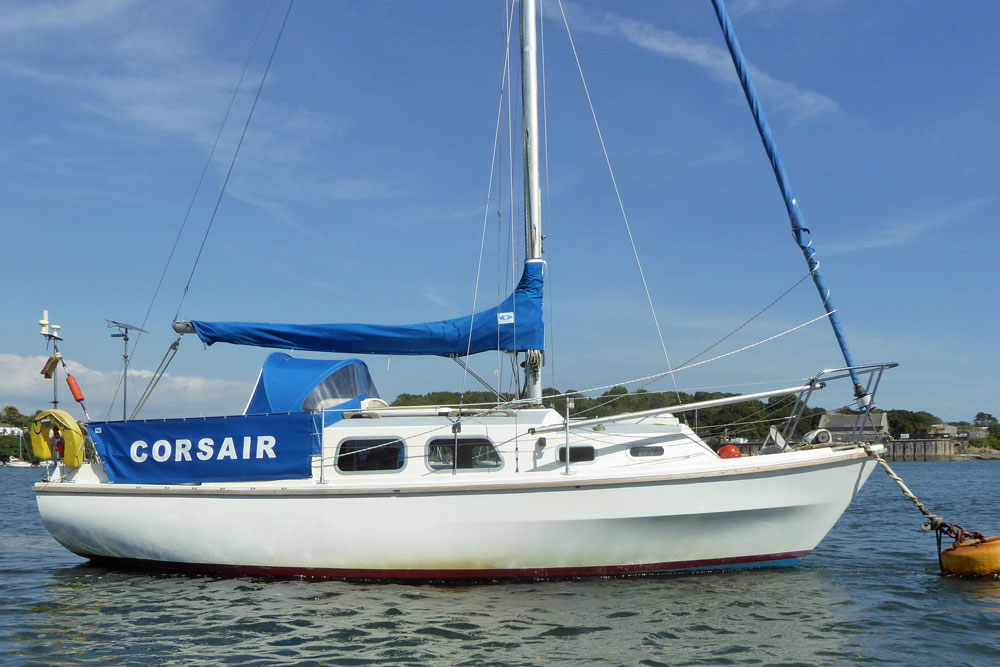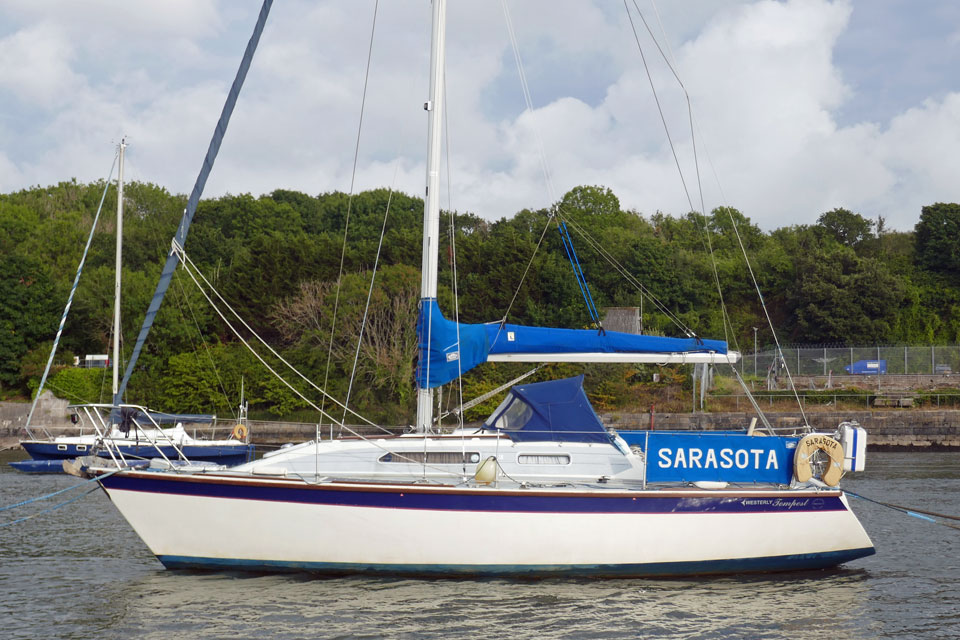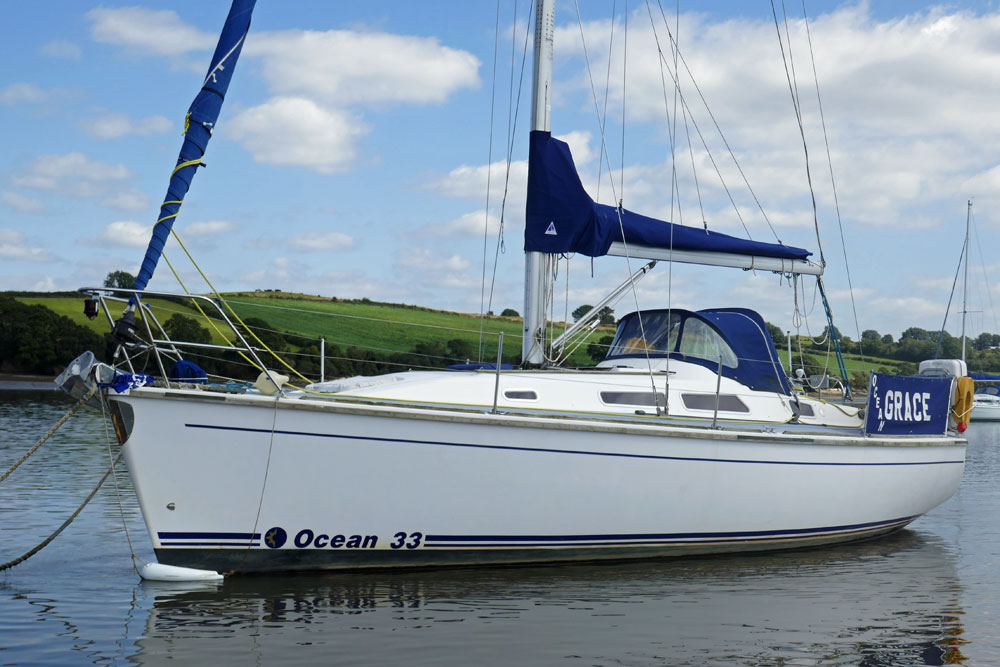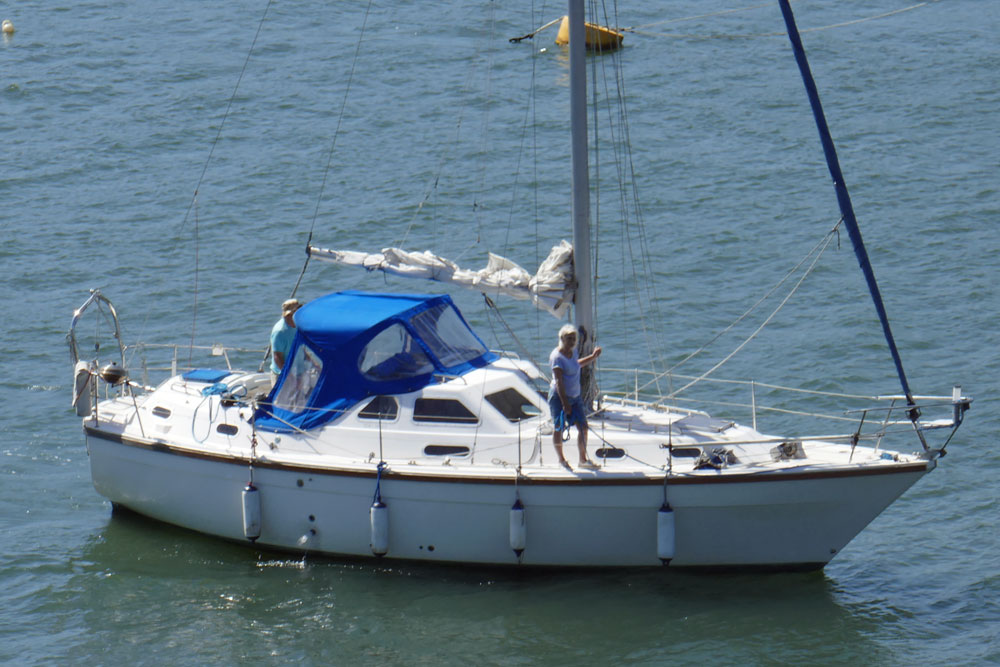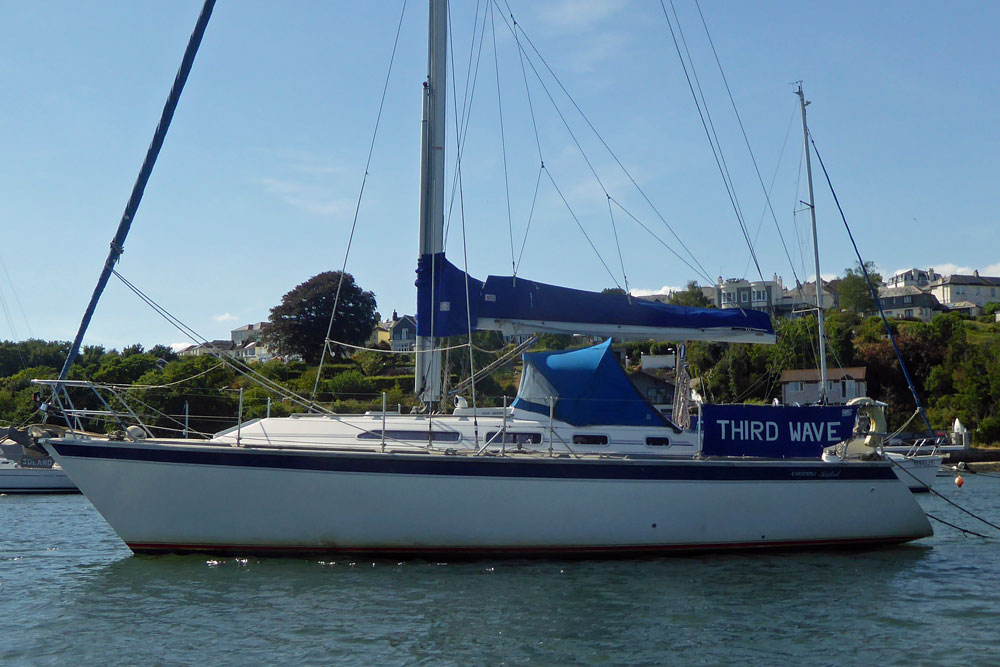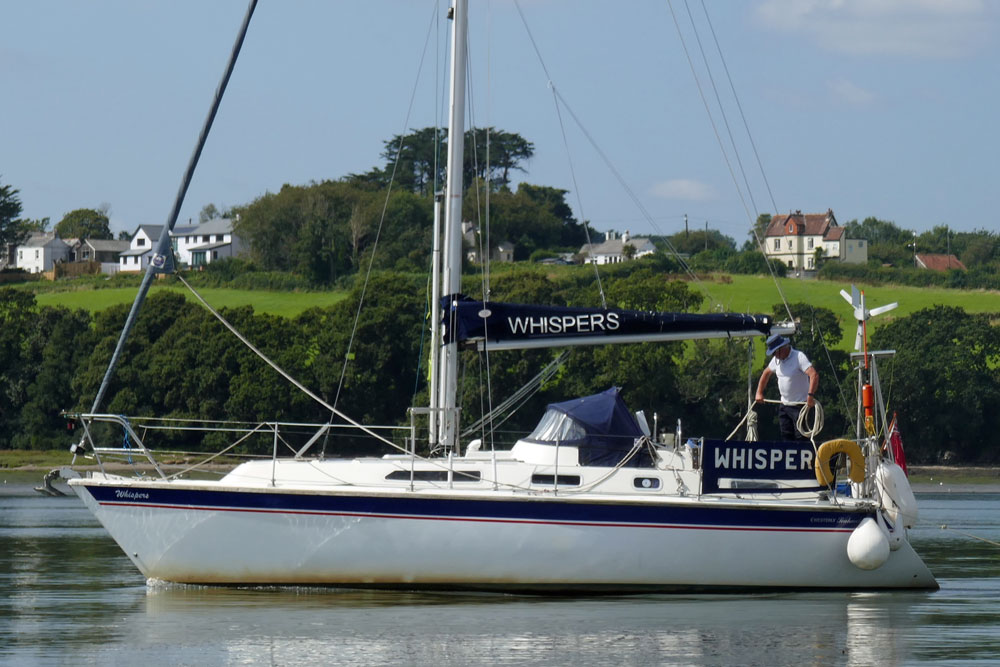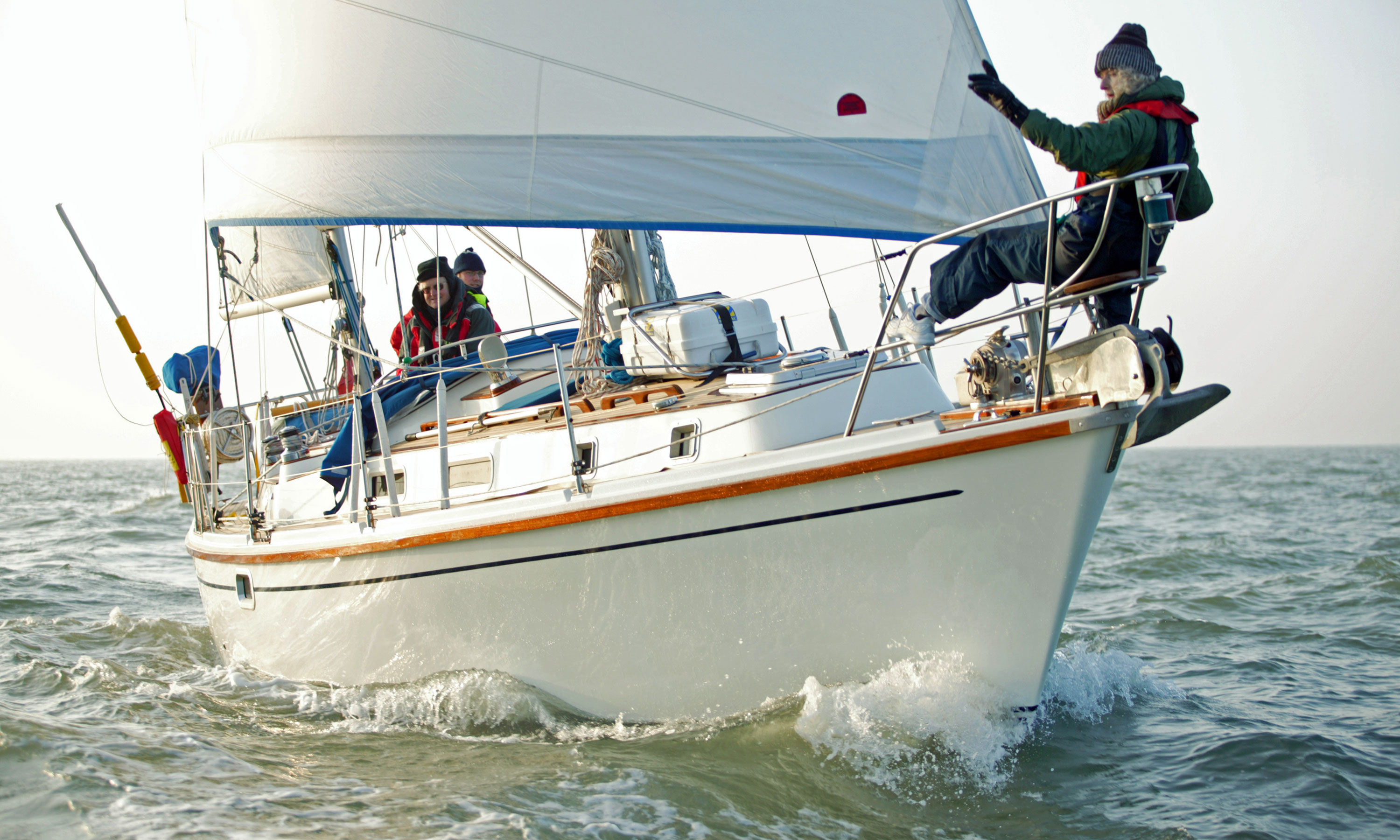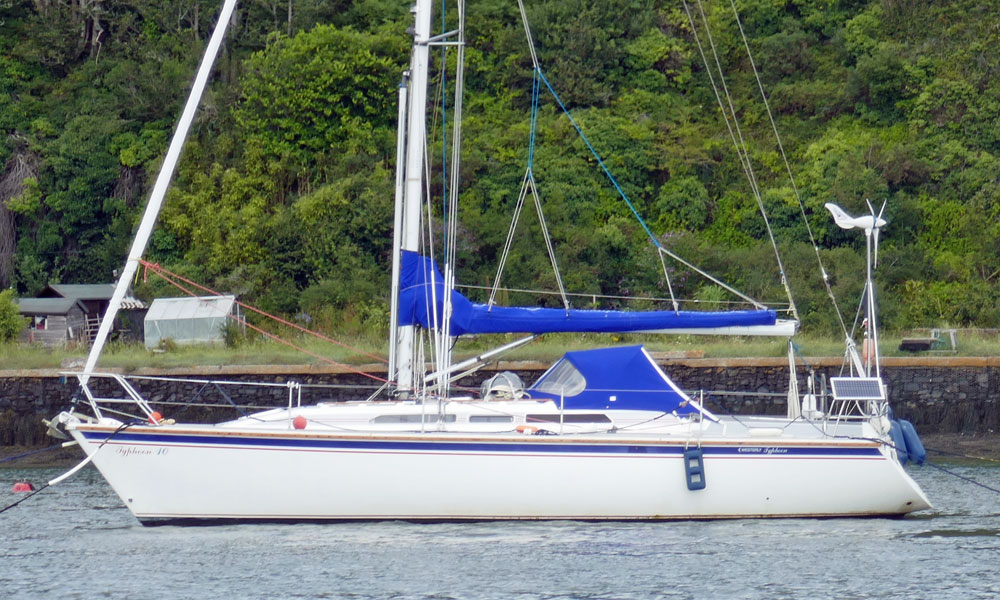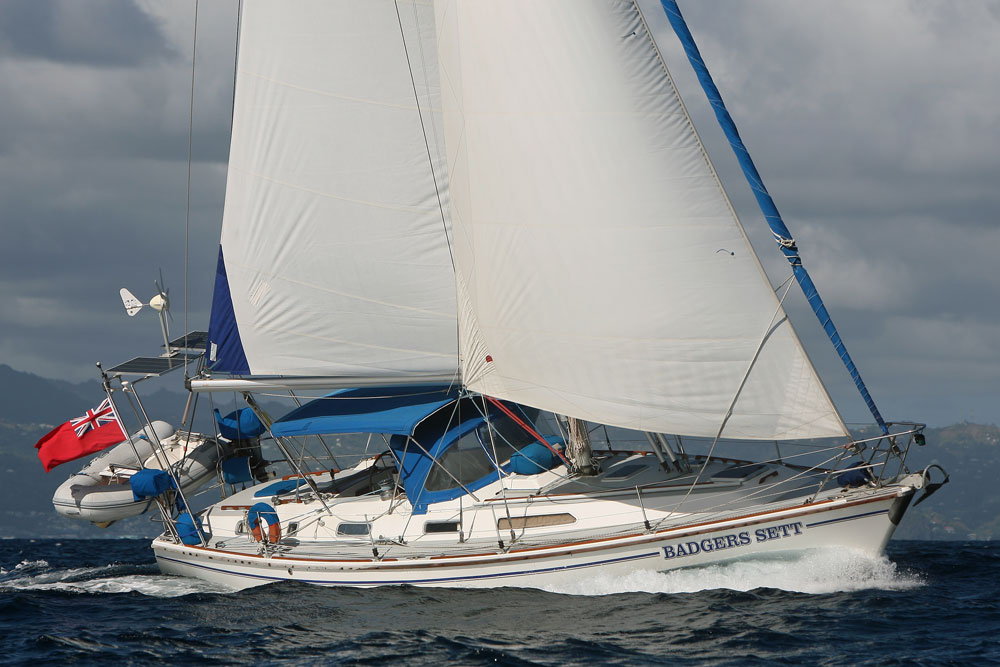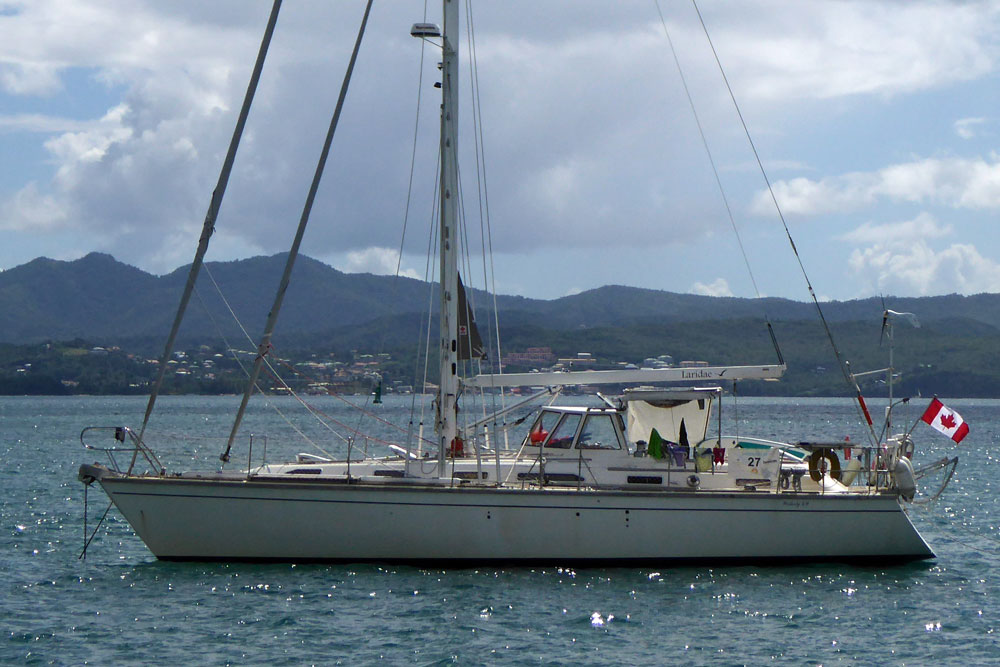- Home
- Cruising Yachts 35' to 40'
- Westerly Oceanranger
The Westerly Oceanranger 38
Specs & Key Performance Indicators
The Westerly Oceanranger 38 is a robust cruising sailboat, designed by the accomplished British naval architect Ed Dubois. This vessel was constructed by Westerly Yachts, a prominent boat-building company based in Waterlooville, England.
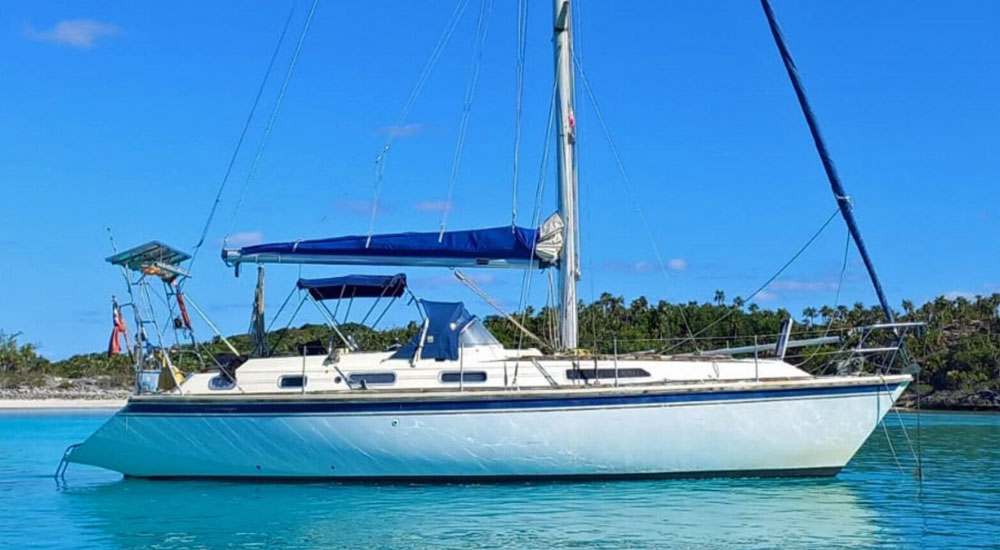 The Westerly Oceanranger 38
The Westerly Oceanranger 38Published Specification for the Westerly Oceanranger 38
Keel & Rudder Configuration: Fin keel with a skeg-mounted rudder
Hull Material: Fiberglass (GRP)
Length Overall: 11.58 meters / 38 feet
Waterline Length: 9.45 meters / 31 feet
Beam: 3.90 meters / 12 feet 10 inches
Draft: 1.50 meters / 4 feet 11 inches
Rig Type: Sloop
Displacement: 7,671 kilograms / 16,912 pounds
Ballast: 3,175 kilograms / 7,000 pounds
Designer: Ed Dubois
Builder: Westerly Yachts
Year First Built: 1989
Year Last Built: 2000
Number Built: Approximately 120 units
The Westerly Oceanranger 38 was introduced in 1989 as an upgrade of the successful Corsairs. It was a modified version of the successful Corsair 36 design and hull. A "sugar-scoop" was added to compete with current designs of the late '80s. The same rig was kept and although 2 foot longer than the Corsairs there was no increase in waterline length. The Oceanranger 38 was still in production when Westerly Yachts finally ceased trading in 2000.
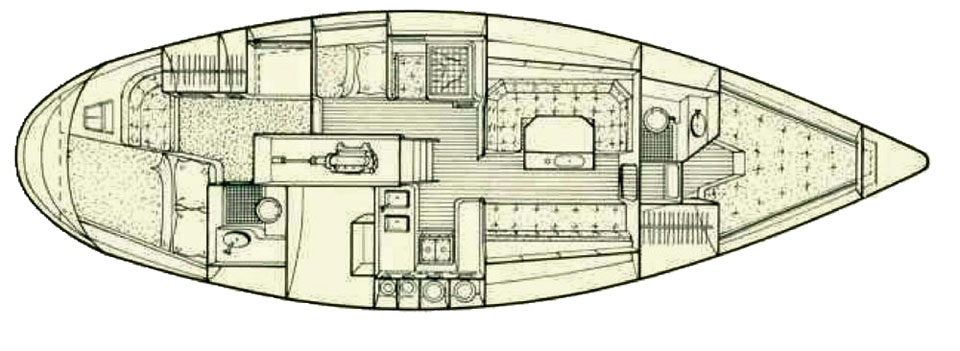 Westerly Oceanranger 38 Accommodation Plan
Westerly Oceanranger 38 Accommodation PlanPublished Design Ratios for the Westerly Oceanranger 38
The Westerly Oceanranger 38 sailboat, with its array of calculated design ratios, offers a comprehensive picture of its assumed sailing traits, though several limitations must be kept in mind due to the theoretical nature of these measures.
- Sail Area/Displacement Ratio: At 15.9, this ratio sits just below the threshold for what is considered reasonably good performance, suggesting the Oceanranger may be slightly underpowered. This implies that while the boat is capable, it might not excel in speed, especially in lighter winds.
- Ballast/Displacement Ratio: With a ratio of 41.5, the Oceanranger falls into the category suggesting a stiffer, more powerful boat that can better resist capsizing and handle more wind. However, this ratio does not account for the placement of ballast; thus, boats with a similar ratio but different keel designs might exhibit varying performance characteristics.
- Displacement/Length Ratio: The ratio of 244 classifies the Oceanranger under moderate displacement, indicating a balance between stability and agility. This moderate displacement suggests the boat is designed for a solid cruising performance rather than optimized for either light or heavy conditions exclusively.
- Comfort Ratio: At 25.4, the Oceanranger is anticipated to have a motion comfort typical of coastal cruisers with moderate stability. This suggests it can provide a comfortable ride in most conditions it's designed to encounter, though it might not be as smooth in more extreme conditions compared to boats with higher comfort ratios.
- Capsize Screening Formula: The score of 2.02 is just slightly over the ideal capsize screening value of 2.0, which means the Oceanranger could be considered marginally less suitable for ocean passages where capsizing risks are increased. This rating underscores a balance between stability and performance but with a very slight tilt towards caution in rough seas.
These theoretical ratios provide valuable insights but also have limitations. For instance, the Ballast/Displacement Ratio does not consider the specific design and position of ballast, which can greatly influence actual performance. Similarly, Ted Brewer’s Comfort Ratio tends to favor traditionally designed heavy displacement boats, and might not fully represent the comfort of newer designs that also prove seaworthy but use different configurations. Therefore, while these ratios are instrumental in initial assessments, actual performance and comfort should ideally be confirmed through real-world handling and user experiences.
This article was written with the assistance of Gemini, a large language model developed by Google. Gemini was used to gather information, summarize research findings, and provide suggestions for the content and structure of the article.
Other sailboats in the Westerly range include:
Recent Articles
-
Jeanneau Sun Odyssey 45.2 Review: Specs, Ratios & Cruising Analysis
Jan 13, 26 05:48 PM
Discover the Jeanneau Sun Odyssey 45.2. A comprehensive guide to its Philippe Briand design, performance ratios, Kevlar hull construction, and offshore cruising capability. -
Beneteau Oceanis 400: Expert Review, Specs & Performance Analysis
Jan 12, 26 07:40 AM
A comprehensive guide to the Beneteau Oceanis 400 sailboat. We analyse the Jean-Marie Finot design, performance ratios, interior layouts, and offshore cruising capabilities for prospective buyers. -
Hunter Passage 42 Sailboat: Specs, Performance & Cruising Analysis
Jan 11, 26 05:31 AM
Explore the Hunter Passage 42 sailboat. Includes detailed design ratios, performance analysis, interior layout review, and expert cruising advice for owners.
